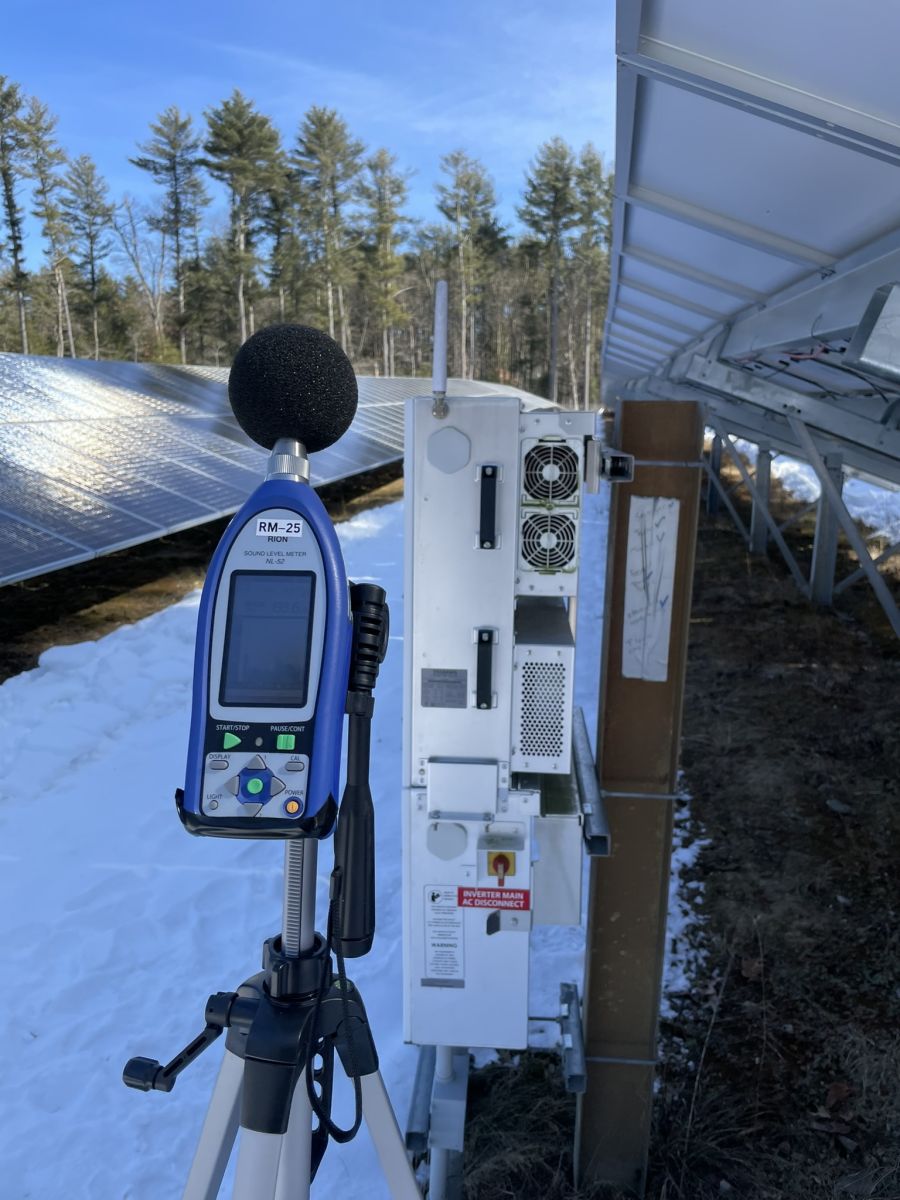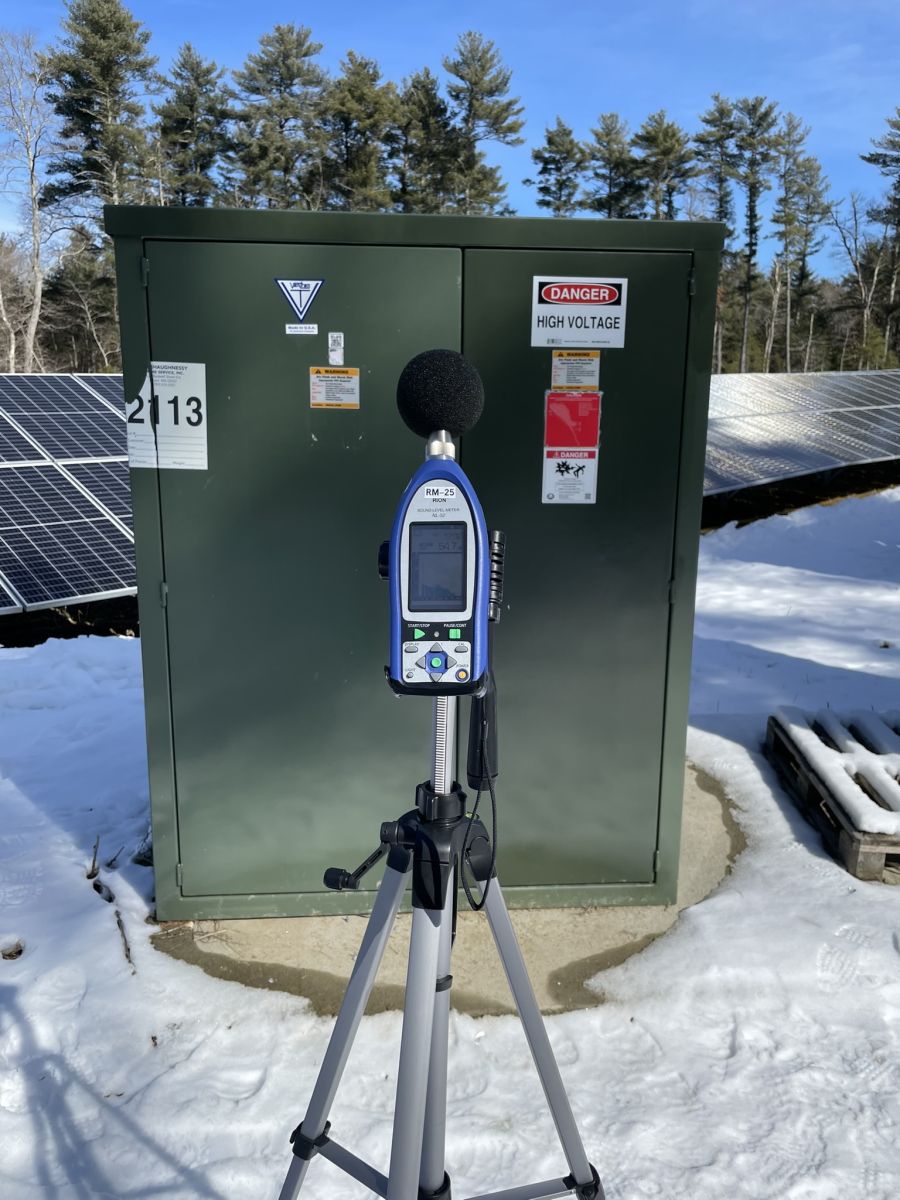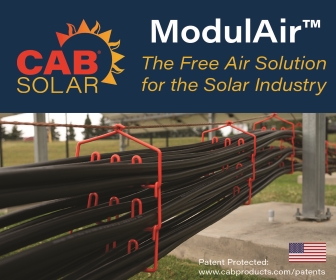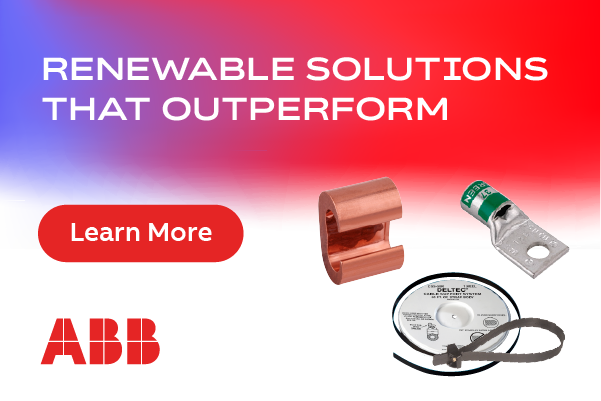Turning Down the Noise: The need for better data
Both solar and battery storage sites generate sound that must comply with existing noise regulations (see “Sound of Solar” in the North American Clean Energy July/August 2024 and “A Quieter Place” in the January/February 2025 issues). These regulations are typically imposed by municipal, county, and state jurisdictions. In the northeast, noise regulations are mostly enforced at the town/city level, while in the southeast the noise regulations are mostly defined at the county level. There are no federal regulations on community noise impacts. The only federal noise requirements are those enforced by the U.S. Occupational Safety and Health Administration (OSHA) and are related to employee sound exposure in the work environment. Regardless of the jurisdiction, failure to comply with community noise regulations can result in neighbor complaints leading to expensive and challenging paths toward sound mitigation, or in the worst case, to facility shut down. Mitigation is far easier and less expensive to implement during the planning and design phases of a project than after the project is completed.
 Local noise regulations are typically defined by property zoning and time of day. For example, the maximum permissible noise level transmitting from a neighboring facility to a residential property would be lower than that transmitting to a commercial or industrial property. Also, nighttime noise limits can be as much as 10 decibels lower than daytime limits. Some jurisdictions, like the Commonwealth of Massachusetts and Maine, determine their noise regulations relative to existing ambient sound levels (i.e., the noise added to the site by a new sound source should not exceed existing site noise levels by a certain amount, expressed in dB). This approach requires a sound survey to be conducted before the facility noise computations/analysis can be conducted. This site analysis is usually performed using 3D acoustic modeling software that maps all sound sources planned for the project on an existing site and will predict the sound levels propagating at different points of interest such as neighboring property lines or other locations. As part of this exercise, one can then test noise mitigation solutions and predict their efficacity relative to the noise regulation. This work is typically performed by qualified acoustic consulting and engineering firms, which can be found at the Institute of Noise Control Engineering and National Council of Acoustic Consultants.
Local noise regulations are typically defined by property zoning and time of day. For example, the maximum permissible noise level transmitting from a neighboring facility to a residential property would be lower than that transmitting to a commercial or industrial property. Also, nighttime noise limits can be as much as 10 decibels lower than daytime limits. Some jurisdictions, like the Commonwealth of Massachusetts and Maine, determine their noise regulations relative to existing ambient sound levels (i.e., the noise added to the site by a new sound source should not exceed existing site noise levels by a certain amount, expressed in dB). This approach requires a sound survey to be conducted before the facility noise computations/analysis can be conducted. This site analysis is usually performed using 3D acoustic modeling software that maps all sound sources planned for the project on an existing site and will predict the sound levels propagating at different points of interest such as neighboring property lines or other locations. As part of this exercise, one can then test noise mitigation solutions and predict their efficacity relative to the noise regulation. This work is typically performed by qualified acoustic consulting and engineering firms, which can be found at the Institute of Noise Control Engineering and National Council of Acoustic Consultants.
An acoustic evaluation of a solar/battery facility begins with a site plan showing the location of the noise producing equipment. This may include battery modules, inverters, transformers, and enclosure HVAC. Using this information, and with the help of modeling software, the acoustic consultant can assess how the noise path may be impacted by topography as well as nearby buildings (existing or planned as part of the project). In some cases, these can serve as barriers, while in others they might further amplify the sound by adding sound reflections off their surface. Metrological conditions such as wind, temperature, and relative humidity are analyzed, as these parameters affect how sound is absorbed by the air and ground.
The acoustical team also needs the “source sound level data” from the manufacturers of the noise generating equipment. Source sound level data is an attribute to each piece of equipment and should be part of the product’s specifications like its physical size and weight. This data quantifies the level of sound produced by one piece of equipment as it operates at specified loads. Typically, the data is provided at least at full load, which is assumed to be its loudest sound profile, but some manufacturers also provide sound levels at 25, 50, and 75 percent loads. The source sound level data can be provided in many ways, some good and some not-so-good. The best data would consist of sound power levels in one-third or whole octave bands; both provide sound as a function of acoustic frequency. The most common frequency domain used by manufacturers is octave bands from 63 to 8,000 Hz. Nearly every piece of HVAC equipment provides data in that form.
Be careful not to confuse sound power with sound pressure. While power represents the total energy radiated by a sound source (expressed in Watts), pressure is the sound amplitude measured at a point in space (expressed in Pascals). Sound pressure depends on both the equipment’s characteristics and the distance from the equipment as power distributes over a given area, with possible obstacles or reflections added along the traveling path to the measurement location.
To further simplify (or complicate) the data, both the sound power and sound pressure levels are ultimately reported as decibels (dB) which is essentially a logarithmic ratio of the measured power (Wa) or pressure (Pa) over an established reference, considered the human threshold of hearing. By applying a filtering system that emulates the human hearing characteristics (which are very sensitive at high frequencies but less so at low frequencies), both the sound power and sound pressure dB levels can be reduced from distinct octave band or third octave band data, to a single number known as A-weighted dB, or dBA. This can be very confusing because a dB or dBA level ultimately has no meaning unless we know whether sound power or sound pressure is reported — which should be clearly noted next to the dB, with the SWL acronym indicating power, or SPL for pressure.
Why is this important for solar/BESS facilities? Sound power levels provide the equipment source sound level irrespective of distance and environment. When equipment manufacturers report the sound levels in pressure, they must also report the distance at which it was measured, as well as the measurement conditions (free field or enclosure, directivity factors, etc.). Other factors influence the sound pressure measured from any source such as the location of the measurement. When measured indoors (with many reflecting surfaces) the sound will be louder than outdoors with no reflecting surfaces (except the ground). Sound power levels are dissociated with environmental influences on sound. In layman’s terms, sound power level is the measure of how much sound energy per time (power = energy/time) a piece of equipment is emitting. As always, power is measured in watts.

Since sound power cannot be measured directly, it must be derived by measuring a “field quantity” such as sound pressure according to procedures and computations defined in international standards. These standards include ISO-3744 and ANSI/ASA S12.54, which describe the inference of sound power level from measurements of sound pressure over a well-defined surface surrounding the equipment. Another standard is ISO 9614-2, which describes a sound intensity scanning approach. The sound intensity scanning method provides increased accuracy relative to pressure or discrete intensity methods; it can document both sound power, directivity, and the amount of sound radiating off each surface individually to facilitate analysis and modeling of source directivity. These methods have been around for over 30 years.
To summarize, in order to evaluate whether a proposed solar or BESS facility meets the local noise regulations, reliable and accurate sound data of the proposed equipment is necessary, along with an analysis of the site conditions and location of the equipment. However, much of this new and innovative equipment has not yet been tested relative to its sound characteristics. This should be a high priority for manufacturers to help developers and plant owners reliably specify their equipment, so they can ensure compliance with local regulations and be a good neighbor in their communities.
Michael Bahtiarian serves as Acentech’s Energy, Environmental, and Transportation Market Co-Leader, and is responsible for marketing strategy, client development, and thought leadership. He is an accomplished noise control engineer in the field of acoustical and vibration engineering, specializing in environmental acoustics, noise control, and sound and vibration testing, measurement and mitigation. His engineering career spans over 30 years in consulting management for the assessment and design of noise control treatments such as barriers, enclosures, damping and vibration isolation. He has provided litigation support and expert witness testimony for dispute resolutions related to a broad range of noise and vibration issues.
Acentech | www.acentech.com
Author: Michael Bahtiarian
Volume: 2025 July/August









.png?r=7350)


